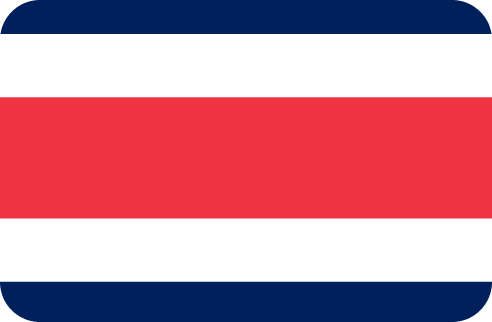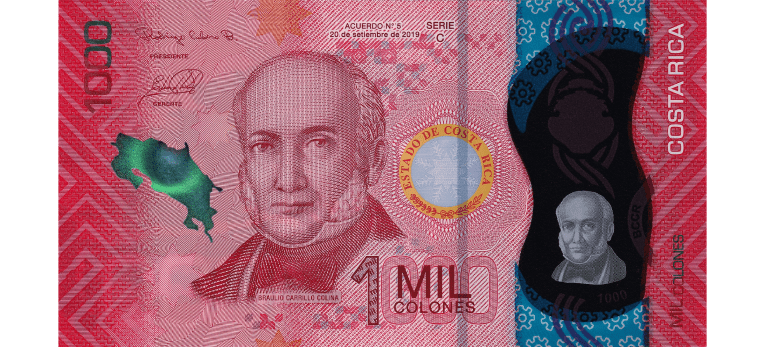Introduce país o moneda de destino:



El colón costarricense (CRC) es la moneda oficial de Costa Rica desde 1896, fecha en la que sustituyó al peso. Su símbolo es ₡. En 1950, se fundó el Banco Central de Costa Rica y en la actualidad es el único organismo autorizado para emitir la moneda.

Los billetes actuales de Costa Rica son de 1000, 2000, 5000, 10000 y 20000 colones. Los más recientes se emitieron entre 2018 y 2019 y están hechos con polímero, por lo que tienen una textura plástica. Estos son mucho más seguros que los billetes de papel.

Las monedas de colones costarricenses se presentan en denominaciones de 10, 25, 50, 100 y 500 colones. Un colón se divide en cien partes llamadas céntimos. También hubo monedas de 5 y de 1 que ya no se emiten, aunque aún están en circulación. Son piezas de coleccionista.

Los billetes de Costa Rica tienen diferentes tamaños para que las personas invidentes puedan reconocerlos de forma autónoma. No hay otros elementos de seguridad en relieve y solo pueden distinguirse por el tacto.

Costa Rica es uno de los países con más biodiversidad del mundo. Por ello, todos los billetes de colones tienen fauna y flora local: un colibrí, un perezoso, monos, tiburones… Lo mismo ocurre con entornos naturales como manglares y páramos.




*Los billetes y monedas corresponden a la serie emitida más nueva y son de referencia. Pueden variar los colores y pueden existir más diseños de los que se muestran.